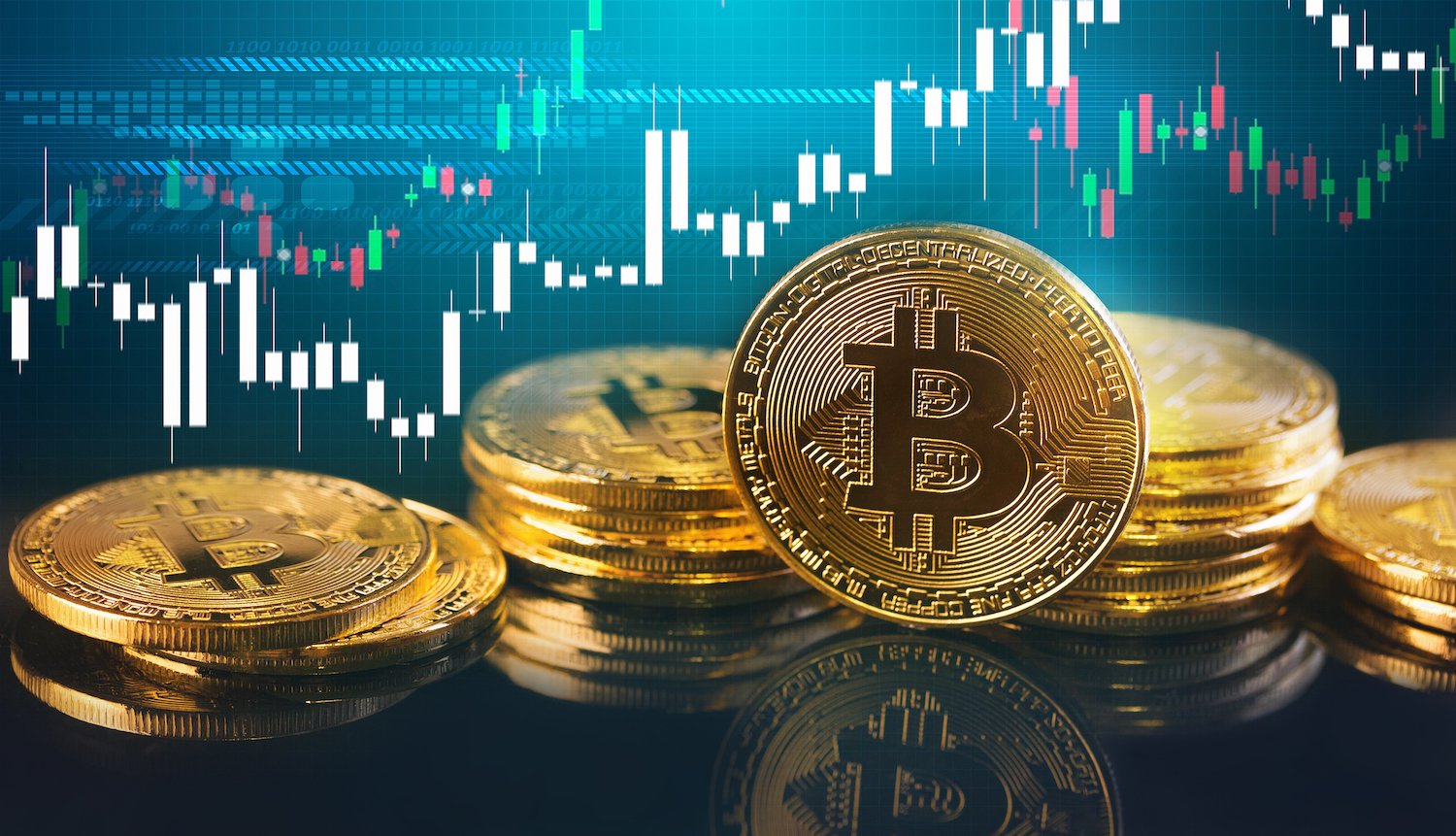Bitcoin Whales: What They Are & How to Spot Them?
Bitcoin whales can significantly impact the price of bitcoin when they decide to buy or sell BTC in large quantities, making them some of the most important Bitcoin market participants.
Read on to learn more about bitcoin whales, how they influence the market, and how you can spot them.
This is partner content sourced from Laura Shin’s Unchained and published by CoinDesk.
Bitcoin whales are individuals or entities holding large amounts of the digital currency and have the potential to impact price movements with a single trade.
The widely accepted minimum threshold for a bitcoin whale is 1,000 BTC.
The term “bitcoin whale” is a colloquial phrase to put the size of the holding in perspective when compared to other “smaller fish” in the market. The wallet owner can be an individual or a group pooling resources to make significant investments.
How Do Whales Influence the Market?
Whales’ position as the biggest players in the Bitcoin market makes them highly influential. Their significant holdings allow them to significantly affect bitcoin’s immediate demand or supply on exchanges (or via OTC trading desks) whenever they trade. As a result, the market often responds with price movements.
The price of bitcoin often rallies when a while decides to add to their bitcoin position due to the size of their trades. Conversely, if a Bitcoin whale opts to exit their position by selling a portion of their holdings, the price tends to respond with a decline.
Moreover, a lot of whales’ wallets are publicly tracked, which results in the wider Bitcoin trading community responding to whale’s trading decisions (or expected trades), often resulting in a large price movement as many traders mirror the whale’s (expected) trade.
Consequently, some whales prefer trading with others directly via OTC trading desks to limit their impact on the price. However, some whales trading on exchanges may take the opportunity to move the market in the direction they want by signaling to the market that they are a large buyer or seller.
Three Ways to Spot a Bitcoin Whale
Knowing how to spot a Bitcoin whale can be a helpful addition to your Bitcoin trading arsenal, given its potential to impact the market with a simple buy or sell order.
Let’s look at three ways you can spot a Bitcoin whale.
-
Analyze Trade Patterns: Whales tend to execute large trades, leading to sudden price dips or spikes. If you pay attention to trading patterns, the emergence of unusual patterns might signify a Bitcoin whale making a move.
-
Social Media: Some bitcoin whales are active on social media, sharing their opinions on investment strategies and the bitcoin market. You can gain some insights into their potential trading activities and use information.
Biggest Bitcoin Whales in the Market
According to this bitcoin whales chart, as of July 2023, there are 2,018 BTC wallets with balances of over 1,000 BTC. Some notable whales have held onto their bitcoin for the long term.
Let’s look at five of the most notable, publicly known bitcoin whales.
-
Satoshi Nakamoto: The identity of Bitcoin’s creator remains unknown, with no clear evidence of whether it is an individual or a group of people. Whoever they may be, they mined approximately 1 million BTC, and the wallet has remained inactive for years.
-
Changpeng Zhao: With an estimated net worth of over $10 billion, the Binance co-founder is one of the top crypto billionaires. While the size of his BTC holdings is unknown, he’s indicated in the past that crypto forms 95% of his portfolio.
-
The Winklevoss Twins: Tyler and Cameron Winklevoss started adding bitcoin to their portfolio in 2012. At some point, they owned approximately 1% of bitcoin’s circulating supply.
-
Michael Saylor/MicroStrategy: Through MicroStrategy, his business analytics software company, Michael Saylor holds approximately 150,000 BTC. He’s one of the most vocal Bitcoin advocates, especially on his Twitter account, where he shares the benefits of Bitcoin.
-
Tim Draper: The American venture capitalist famously bought 29,656 bitcoin from the U.S. Marshalls when Silk Road assets were auctioned. He is a prominent opponent of government overreach and advocates for decentralization. The size of his current BTC holdings is unknown, but he continues to be a vocal advocate.
Spotting a bitcoin whale’s activities can help you make shrewd moves in the market. However, remember that even whales can make emotional decisions without rationality. Some may even seek to manipulate the market to benefit themselves. Ensure you go beyond tracking their activities and find their reasons before making decisions.








